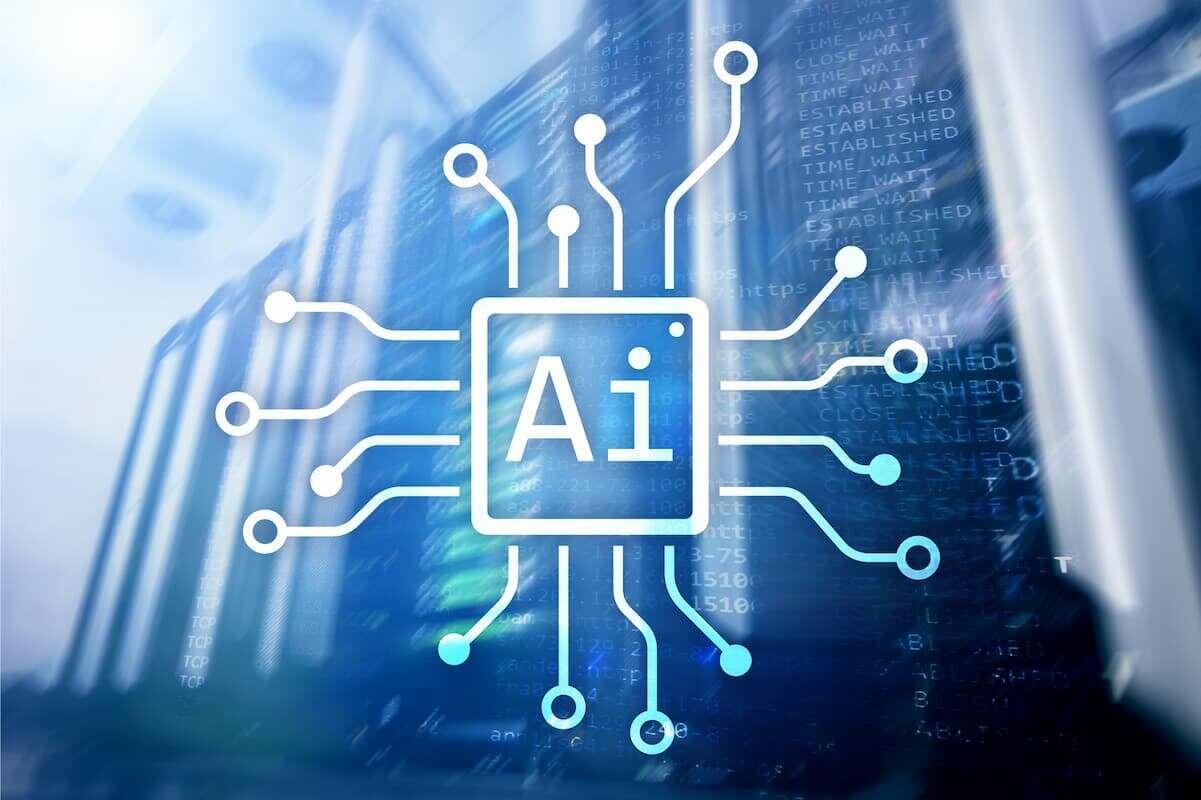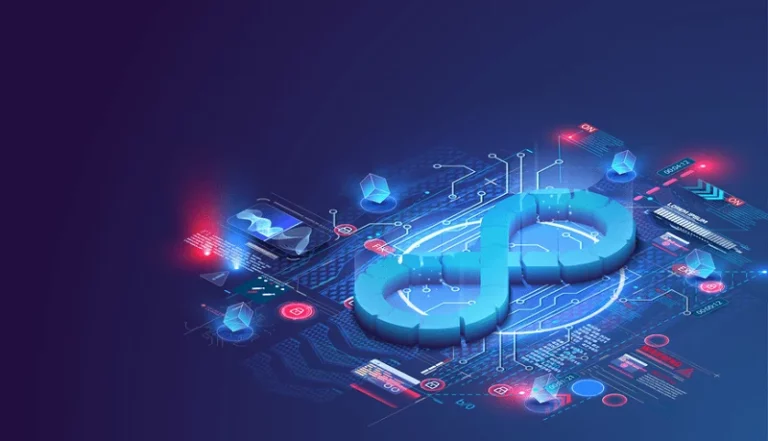Embedded Systems: Meanings, Components, and Applications
This is the level at which the system is generally considered to have an operating system kernel. Depending on how much functionality is required, it introduces more or less of the complexities of managing multiple tasks running conceptually in parallel. In this design, the software simply has a loop which monitors the input devices. The loop calls subroutines, each of which manages a part of the hardware or software.

When a system-on-a-chip processor is involved, there may be little benefit to having a standardized bus connecting discrete components, and the environment for both hardware and software tools may be very different. As the given name, Real-Time embedded systems can provide output and results promptly. Real-time embedded systems are designed to prioritize output results calculation speed; They are used in critical mission areas, like aerospace which requires important data at sudden moments. Embedded systems usually only have a single function, which means they are able to operate using very little power. They’re also usually very small, and can be crammed in alongside other components relatively easily.
On Testing Embedded Software
Embedded systems are often in machines that are expected to run for years without errors, and in some cases recover by themselves if an error occurs. This means the software is usually developed and tested more carefully than that for personal computers, and unreliable mechanical moving parts such as disk drives and fans are avoided. Depending on what kind of embedded system is being made will affect how it can be debugged. For instance, debugging a single microprocessor system is different from debugging a system where processing is also done on a peripheral (DSP, FPGA, co-processor).
For high-volume systems such as mobile phones, minimizing cost is usually the primary design consideration. Engineers typically select hardware that is just good enough to implement the necessary functions. The view of the code may be as high-level programming language, assembly code or mixture of both. Networks of devices containing embedded systems make up the internet of things (IoT). The embedded systems perform basic operations inside IoT devices, such as transferring data over a network without human interaction.
Development
Computer networking uses dedicated routers and network bridges to route data. Another difference in embedded systems is the software system build process, as shown in Fig. An embedded system can be a small independent system or a large combinational system.

Sometimes this is to use less space or less power, sometimes it is to be cheaper. (But the programs are also smaller and do not check for things that are not used). Often, the computer is relatively invisible to the user, without obvious applications, files, or operating systems. Examples of products with invisible embedded systems are the controller that runs a microwave oven or the engine control system of a modern automobile. Embedded systems engage the physical world, where multiple things happen at once.
Introduction of Embedded Systems Set-1
Household appliances, such as microwave ovens, washing machines and dishwashers, include embedded systems to provide flexibility, efficiency and features. Advanced heating, ventilation, and air conditioning (HVAC) systems use networked thermostats to more accurately and efficiently control temperature that can change by time of day and season. Home automation uses wired- and wireless-networking that can be used to control lights, climate, security, audio/visual, surveillance, etc., all of which use embedded devices for sensing and controlling. An embedded system is a microprocessor- or microcontroller-based system of hardware and software designed to perform dedicated functions within a larger mechanical or electrical system. For the most trivial of embedded processors, the address space that the processor runs in is the same as the physical addresses used in the system. That is, the pointers used by your program are used directly to decode the physical memory, peripherals, and external devices.

Here We will divide embedded systems upon their programs, design, performance, and functions. A component that’s incredibly small, cheap, easy to maintain, and fantastic at doing a single task repeatedly, is the perfect fit for any ‘fire and forget’ devices – those that are required to operate with little fuss and intervention. A handy example of this are the entertainment systems in passenger planes, which were able to function using Windows XP for far longer than a commercial laptop. These systems appear in a number of forms, with some being stand-alone systems that don’t even have a host, like a video games console. They run certain tasks to a fixed schedule and are a real-time embedded system.
User interfaces
Traditionally, at least until the late 1990s, embedded systems were thought to be synonymous with real-time control systems. Real-time control systems are computer-based systems used to control physical processes such as the pressure of a nozzle, the rudder of a ship, or the temperature of a radiator. In these control systems, an embedded computer typically is used to control the signals to an actuator that controls the phenomenon to be controlled. For a control system to work, it is imperative that the embedded computer produces signals to control the actuator with precise timing. Precise timing is required because the controller interacts with the physical world. A ship’s rudder without precise timing would not be able to reliably steer a ship.
Hardware includes the chips, wires, circuit boards, buttons and displays. Today’s analysts and data scientists are challenged with a growing ecosystem of data sources and warehouses, making big data integration more complex than ever. Your data lives in many data warehouses and data lakes; it continually flows in through streams or rests as point-in-time files.
Examples of embedded OS devices
Embedded systems are used in charging stations to provide computing power for graphics displays, automatically highlight technical issues, and alert technicians about upcoming maintenance requirements, among other functions. Embedded systems are crucial in several technologies, including the internet of things (IoT) and machine-to-machine (M2M) devices. Almost every smart device today uses this versatile technology in some capacity or the other. Finally, the debugger is a software component used for debugging and testing. It is responsible for scanning the code, removing bugs and other errors, and highlighting the specific instances where they occurred.
- Embedded systems are designed to perform a specific task, in contrast with general-purpose computers designed for multiple tasks.
- You can gain embedded systems programming skills with a certificate in an online course like the University of Colorado Boulder’s Introduction to Embedded Systems Software and Development Environments.
- This chapter introduces some basic concepts in parallel and distributed embedded computing systems.
- This component’s core function is the development of an executable program.
- All ‘receivers’ (devices that receive GPS data) are integrated with embedded systems to enable the use of the global positioning system.
- Embedded systems are small computers integrated into various larger systems and execute specific tasks such as graphics and data processing.
- An embedded system can be a small independent system or a large combinational system.
Combine all of this with the fact they’re relatively cheap, embedded systems are a hugely efficient means of controlling devices. Embedded systems are typically designed to perform a single repeated function, although it’s true that some can be designed to control the entirety of an operating system. However, regardless of the function involved, they will very rarely be required to do anything more than this task – this makes it an exceptionally reliable component.
How does an embedded system work?
However, most operating systems use the MMU capabilities for protection (as well as address translation). Also, in 1971, Intel released what is widely recognized as the first commercially available processor, the 4004. The 4-bit microprocessor was designed for use in calculators and small electronics, though it required eternal memory and support chips. The 8-bit Intel 8008, released in 1972, had 16 KB of memory; the Intel 8080 followed in 1974 with 64 KB of memory. The 8080’s successor, the x86 series, was released in 1978 and is still largely in use today.
Software components of embedded systems
Section 10.4 considers shared memory multiprocessors and multiprocessor systems-on-chip (MPSoCs). Section 10.5 walks through the design of a video accelerator as an example of a specialized processing element (PE). Embedded System is an integrated system that is formed as a combination of computer hardware and software for a specific function. It can be said as a dedicated computer system has been developed for some particular reason. But it is not our traditional computer system or general-purpose computers, these are the Embedded systems that may work independently or attached to a larger system to work on a few specific functions. These embedded systems can work without human intervention or with little human intervention.
This means that embedded systems often are hard to successfully debug or fix, which often makes it necessary to deconstruct the entire device, removing the majority of components just to replace one part. In fact, the process can be so convoluted and tiresome that it’s often simpler and cheaper to simply replace the entire machine, which can still entail higher costs than anticipated for something which originally seemed like a ‘quick fix’. Embedded systems are small computers integrated into various programming languages for vr larger systems and execute specific tasks such as graphics and data processing. They are widely used in the modern world and significantly impact how we entertain ourselves, commute, run commercial operations, and carry out various other day-to-day activities. This component makes the embedded system behave like a real, live system while operating in a simulation environment. Simply put, it simulates software performance and helps ensure that the performance of the written code is ideal.
